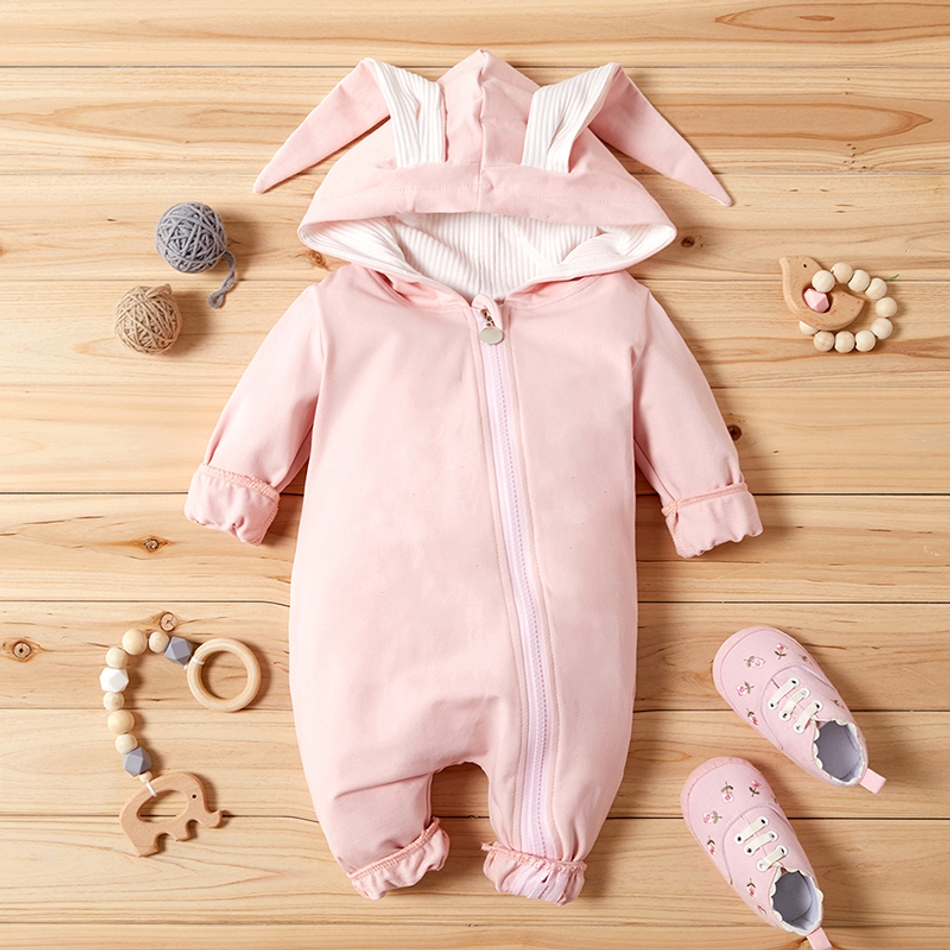
Salopeta pentru bebelusi Rabbit Hoodie - Anuca.ro - haine și articole funcționale pentru bebeluși și copii, din bumbac 100%.

Set 2 piese " Primul meu Paste" , salopeta maneca scurta, caciulita cu urechi de iepuras Imbracaminte pentru copii HIMARKIDS

Fetiță De Iepure Ureche Romper Boy Salopeta Copil Tinutele Copil Zip Cald Iepuras 3d Cu Maneci Lungi Haine Copii Iepure General - Costume & Una-Piese < www.biaproject.ro

Set 2 piese " Primul meu Paste" , salopeta maneca scurta, caciulita cu urechi de iepuras Imbracaminte pentru copii HIMARKIDS

Salopeta Iepuras pentru bebelusi, cu gluga COD 1311 | Salopete | Imbracaminte si incaltaminte | Pentru bebelusi | Copii si Bebe

Salopeta Iepuras pentru bebelusi, cu gluga COD 1312 | Salopete | Imbracaminte si incaltaminte | Pentru bebelusi | Copii si Bebe













